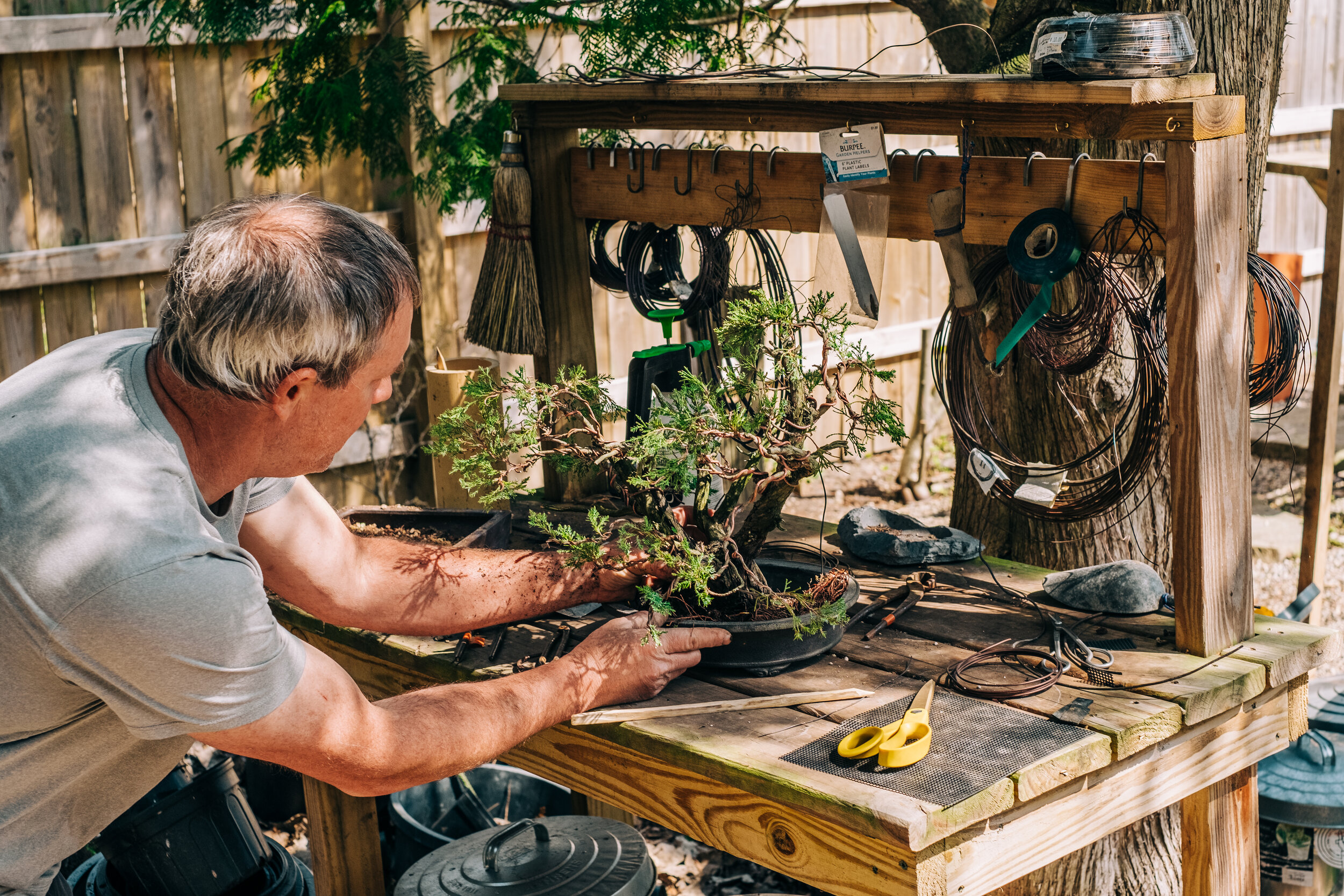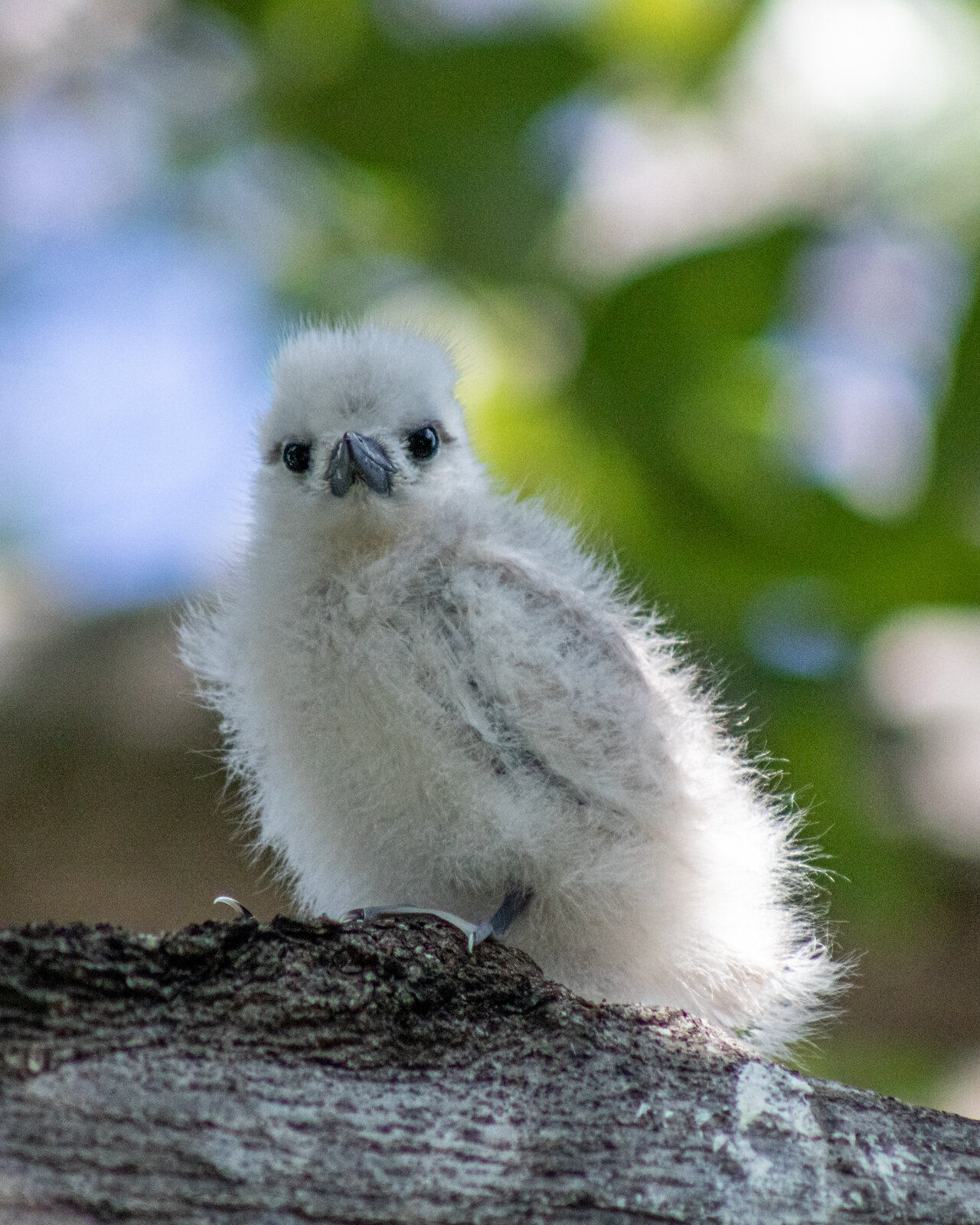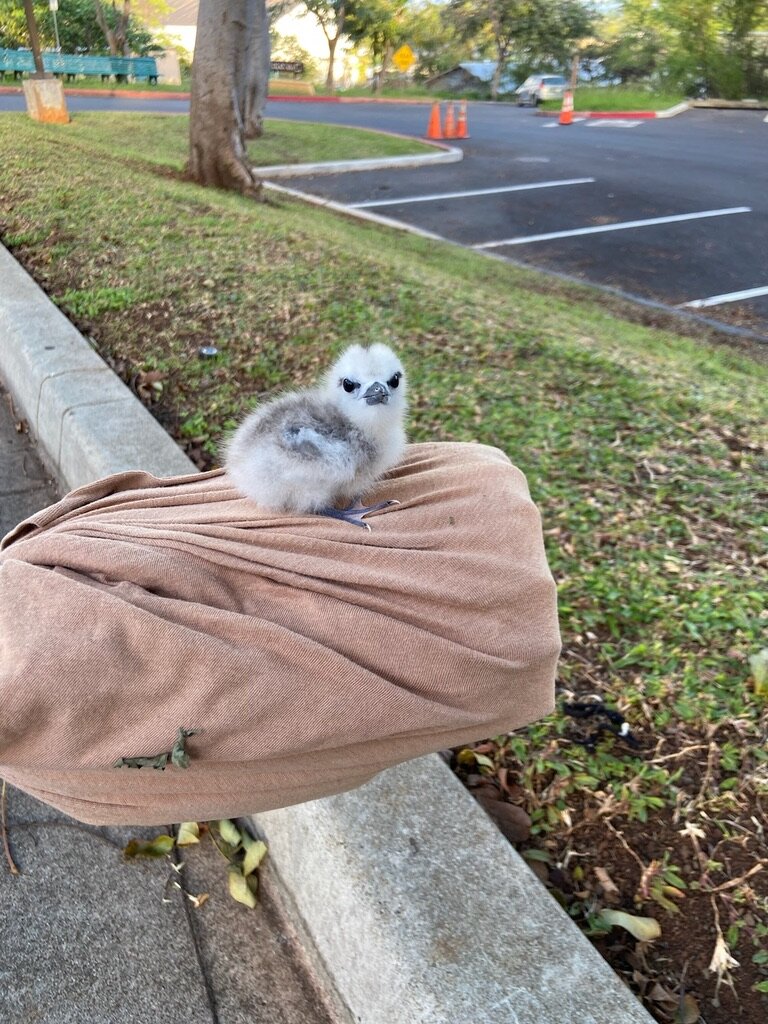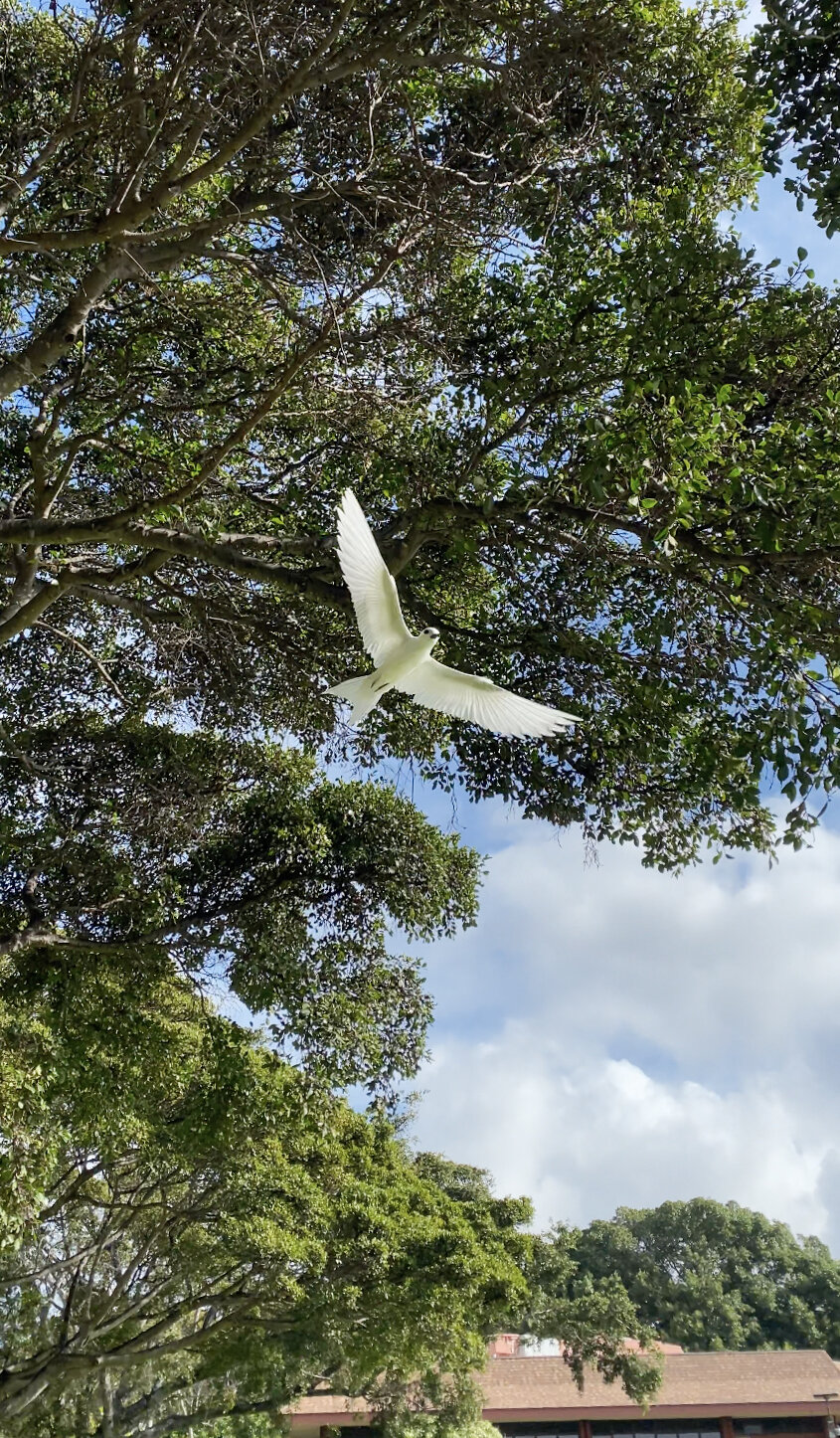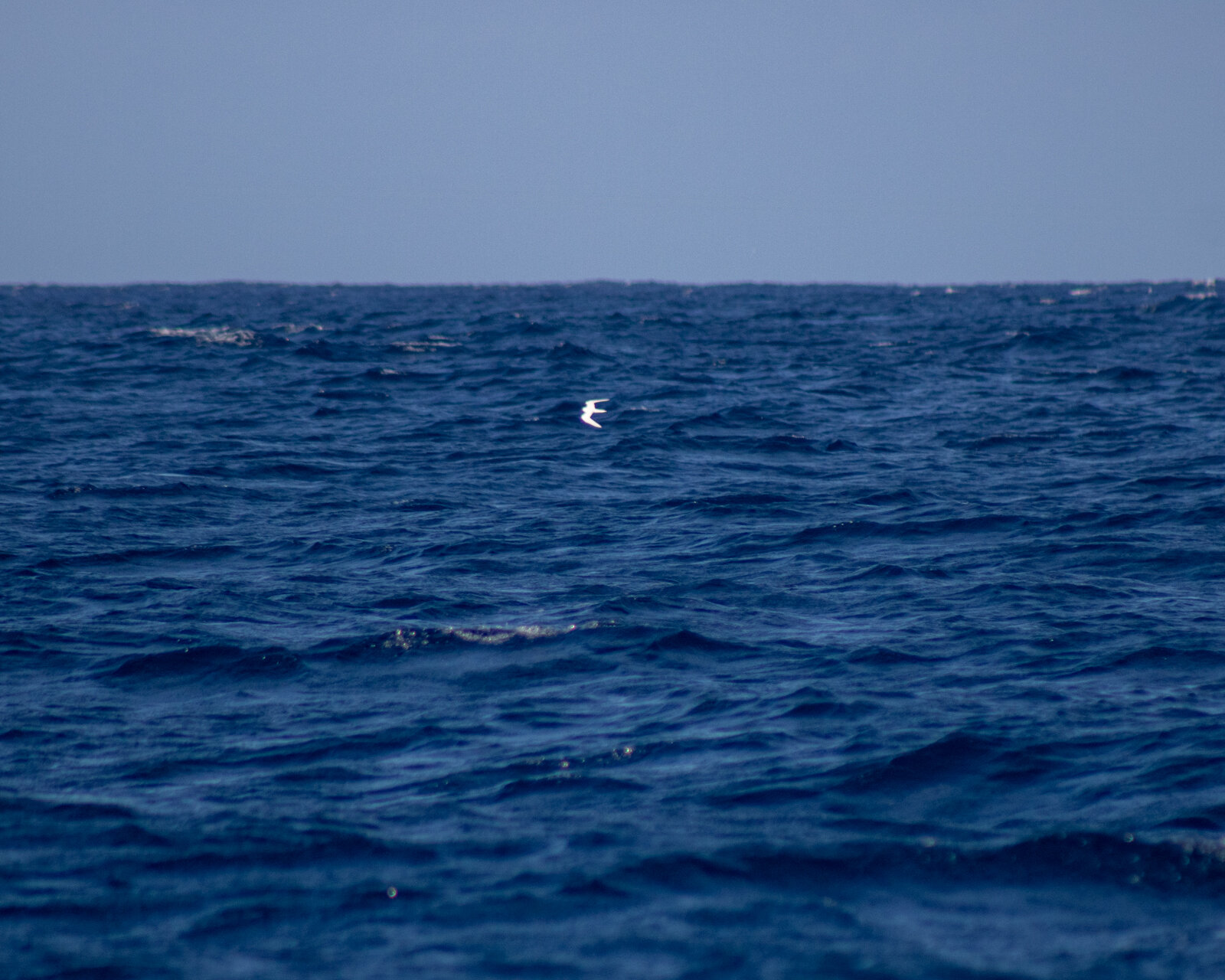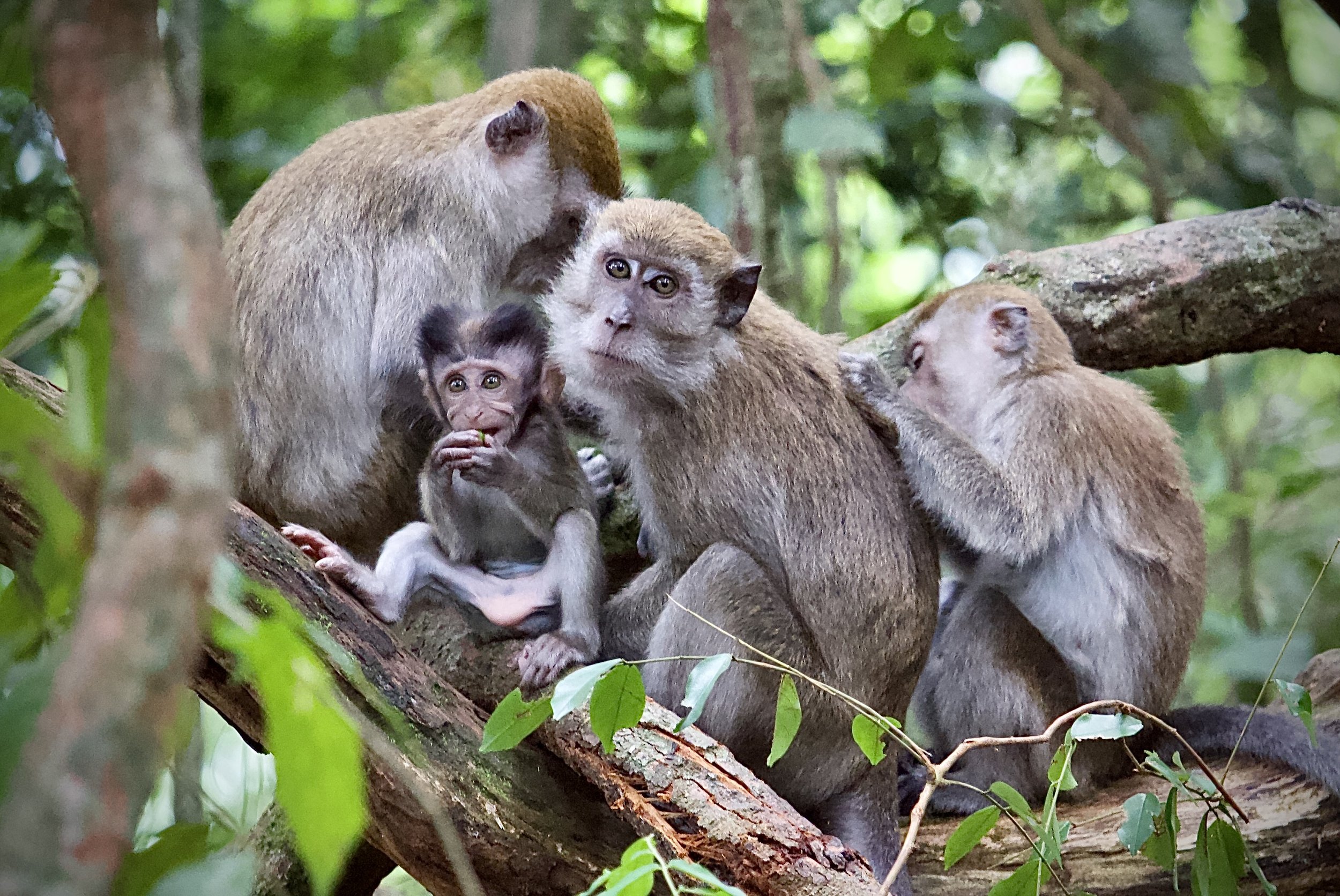The world is abundant with wonders that unearth humanity’s best qualities and coax us towards land and water protection.
Storytellers Daniel Trego and Laura Doucette reflected on these questions while developing photographic narratives during Photographers Without Borders’ Conservation & Environmental Storytelling Certification Course. We sat down with Daniel and Laura to chat about their connections with “conservation” photography and their experiences during the course.
Image by Daniel Trego
Daniel Trego is a photographer working as an Educational Media & Design Specialist at Michigan State University and outreach worker with Bittersweet Ministries in Tijuana. His educational background is in linguistics, and he is passionate about building connections by way of narrative photography.
Daniel’s project tells the story of Alex, an arborist who takes great care in preserving both the trees he works with and their surrounding residential environment. For a profession that might be interpreted as destructive to nature, Daniel’s photographs exhibit the gentle manner and thoughtfulness Alex brings to his craft.
Image by Daniel Trego
What drew you to conservation photography?
I've always had an interest in it, but three years ago, I built a website for a professor of conservation criminology whose work focused on what happens around poaching. I learned about the ramifications and fallout and how it’s prosecuted, so that started to pique my interest. I’d been following Photographers Without Borders and wanted to try Storytelling School to see how we could work together.
I love the human component of a narrative and the outcome of it. I'm really interested in the educational component, like how is the story itself transformational for someone who might read or see it? What does the process of transformation look like, and how do we set up the space for transformation to happen? Photography for me was more of an artistic expression, so Storytelling School pushed me to be in this narrative space.
How did the story of the arborist evolve?
I wanted to look into the brutalism of tree service. In the Midwest region of the United States (and some other places too), they'll just cut out the middle of trees for telephone lines instead of caring for them. It evokes such a negative reaction for me, so I started taking pictures of things like fences and places where parts of trees had been stuck. And then I heard the story of Alex and how he cares for the trees and thought, “The destruction is not the whole story.” It wasn't a story that I needed to tell—it was about helping Alex share his story.
Image by Daniel Trego
Did you have any challenges throughout the four weeks?
It was good to sit with people and get different feedback. I find sometimes we can get so into our heads that we lose track of the story. The one piece of feedback that stood out was that all my images kind of told the same story from a different angle, when each shot should tell its own story and also progress the story along. So that’s a personal challenge. I’m trying to become more proactive and visualize what I want to capture, rather than being solely reactive and then trying to pull the story out later based on what I have.
What is the responsibility of a conservation photographer?
I'm interested in how I amplify other voices or if that’s already starting to create a power dynamic. In my work, I want to connect voices that might not connect otherwise. When I worked with Alex, it didn’t become my story to get me ahead as a photographer. It became about connecting him with his clients. It became symbiotic, something that he could benefit from. As I think about conservation photography, it's this connection of voice, and I'm always concerned about who benefits from that connection.
With conservation, it could be at a human level or environmental, but thinking about how that connection elevates communities, people and environments.
“Conservation photography is a connection of voice, and I’m always concerned about who benefits from that connection.”
Image by Laura Doucette
Laura Doucette is a photographer based in Hawaii who left a career in law to study Wildlife Conservation. Her research focus is the manu-o-kū, a seabird native to Hawaii and the Pacific. This summer, Laura will complete an internship in South Africa, where she will have the opportunity to work with the all-female anti-poaching group, the Black Mambas.
Laura’s project features the manu-o-kū and the risks posed to these birds in their natural habitat, documenting intimate moments without disturbing their space.
Laura is dedicated to portraying the beauty of Earth’s gifts through her photography and the challenges that come with humans’ interactions with nature, and hopes to inspire others to take action.
Image by Laura Doucette
What sparked your interest in wildlife photography?
Growing up in Maine, I was always out in nature. I had woods out back that I loved to explore and take pictures of animal tracks, bugs, bunnies, and my animals. Now, I get inspired by travel, my research and little things in my garden. Good lighting really gets me. When I look up at the mountains and the cloud layers, I can't help myself. I have to stop and take photos.
Why did you join the Conservation cohort of Storytelling School?
I've never actually called myself a photographer, but I'm trying to improve, read and learn everything I can about photography. I have a real problem actually putting my work out there for judgement, so I'm working on the confidence part. I wanted to combine my love for photography with my love for nature and background in conservation, so when I saw the Conservation & Environmental Storytelling Certification Course, I knew I wanted to do it.
I’d never thought about ethical issues as deeply as I think you should as a photographer. It’s important because you're going into a space and putting this tool in people's and animals’ faces. It’s important to think about how you go into that space and how you approach these situations.
Image by Laura Doucette
How did your work evolve over the course of Storytelling School?
I learned a lot. I feared the judgement of the critiques, but thatʻs what I needed to help me find confidence in my photography. I loved that process—it really helped me grow. I learned that stories don't have to be linear. My focus was my research subject, manu-o-kū, a seabird. They’ve been essential to helping me get better as a photographer, shooting different times of day and with different lighting, adjusting settings for sporadic flight and movements. But I set my shots up very linearly. And I got great insight about how to have a better flow of photos, like just because my series was about the birds, I didn't have to have them in every shot. In two weeks, I learned an incredible amount that I hadn’t read or learned anywhere else.
What is the responsibility of a conservation photographer?
You have to respect the land and the animal or individual in your photos. You can't disturb the peace or influence their habitat in any way. Try to stay as hands-off as possible, and be honest about it. Be responsible to the community that surrounds nature or the animals, and be open to following where the story takes you. Try to be as minimally invasive as possible. Be careful physically but also mentally. Be aware of where you are and of your effect in that space.
What message do you want your work to convey?
I want people to see the beauty of nature and our connection to it. But I also want to show the difficulties and challenges that come along with human connections, the back and forth reciprocity with nature. Awareness is great, but it’s overdone. We know there are all kinds of problems, but I want to try to show solutions and options of how we can go forward to restore, heal and make things better.
“You have to have the knowledge behind what you’re doing to really do it justice. You can’t just go into something knowing nothing.”
Explore upcoming Storytelling School Certification Courses to gain skills in video, ethical storytelling, and more.







